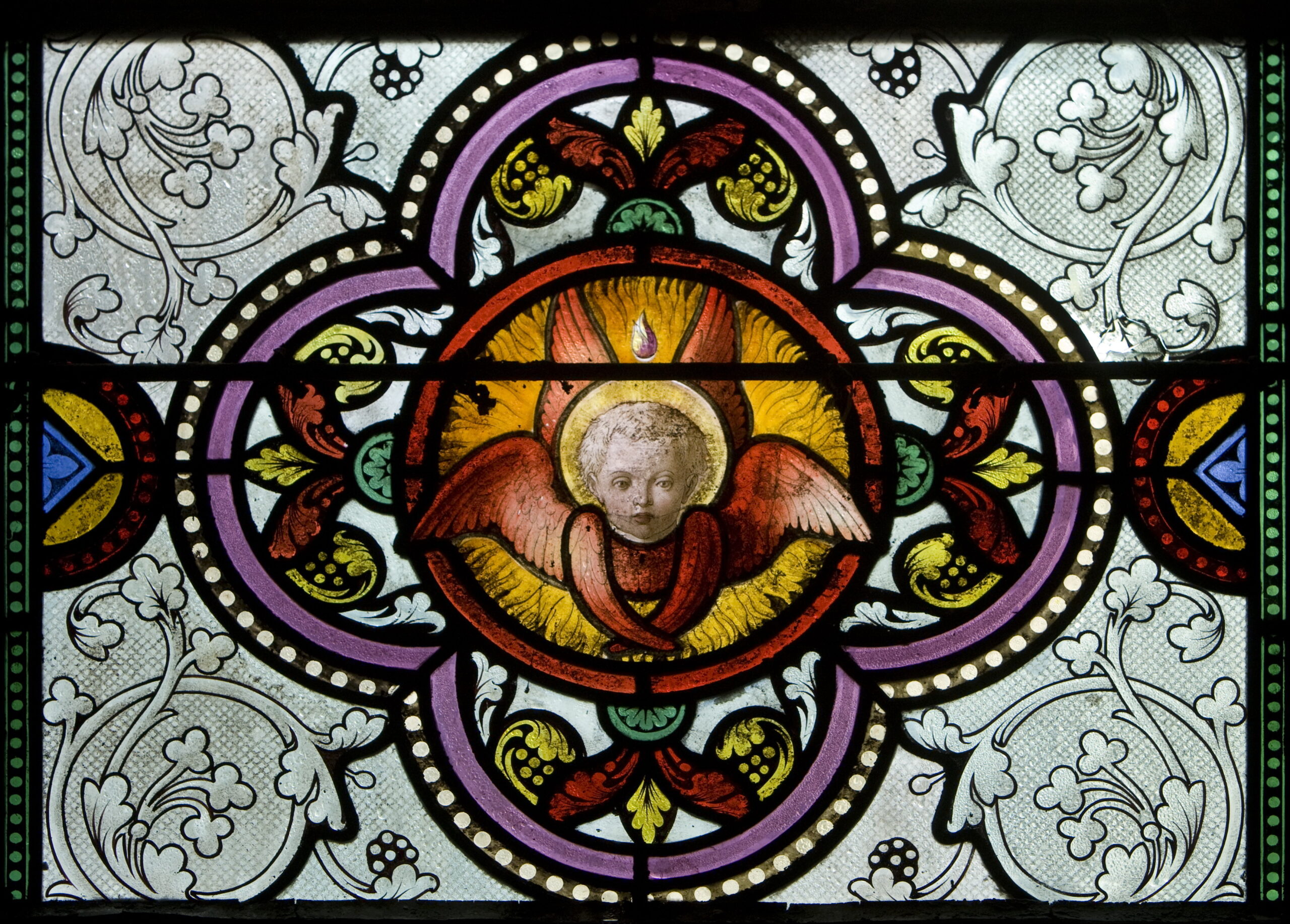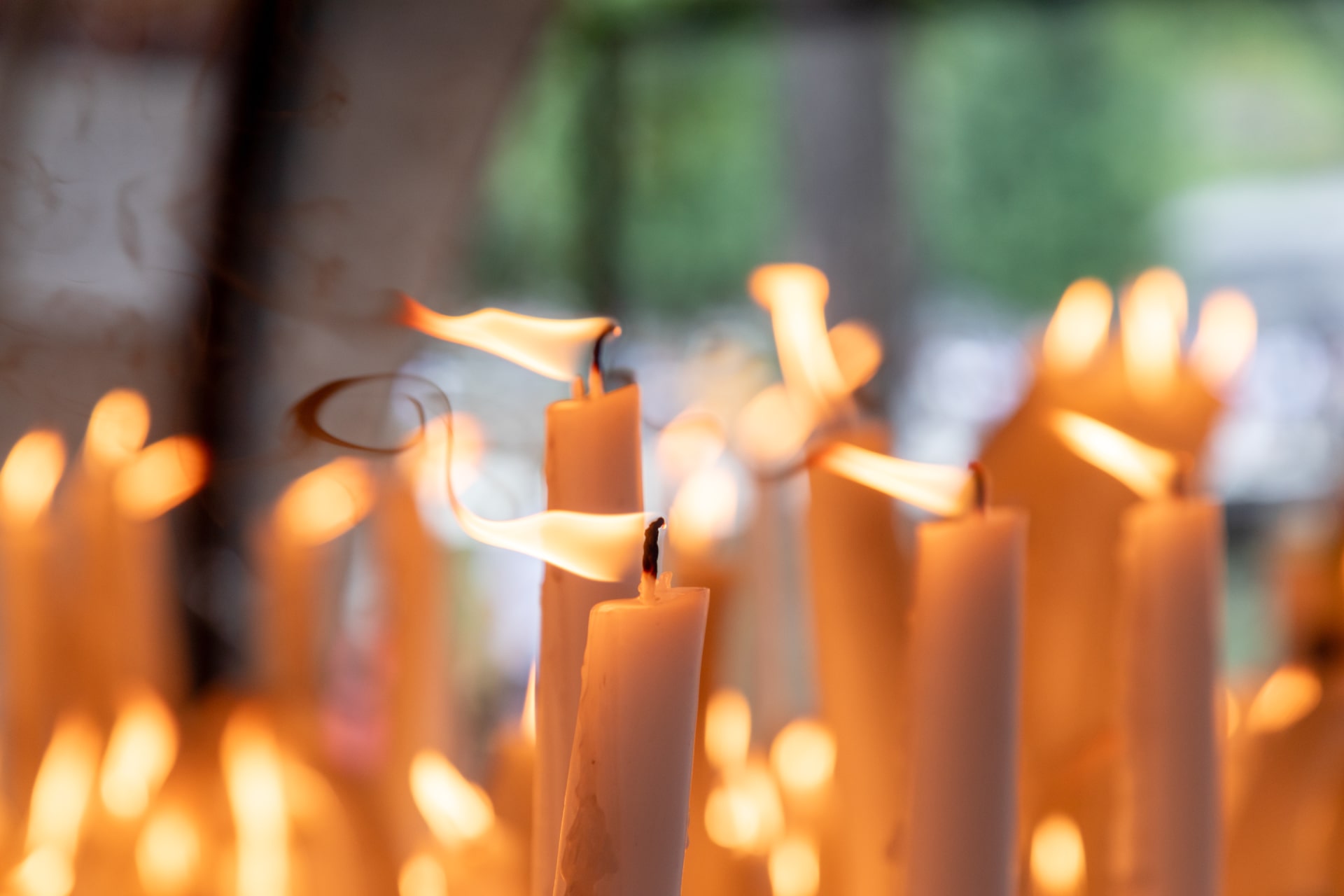Lourdes is starting this new year, which will be dedicated to prayer (with a view to the 2025 Jubilee Year), with the birth and baptism of Bernadette Soubirous, the young woman from Bigorre who saw the Virgin Mary.
The Sanctuary of Our Lady of Lourdes wants to help all those who enter the Sanctuary to make “pilgrimages of prayer”, so that they can set out on their journey in the footsteps of Christ, putting into practice the theme that the Sanctuary is suggesting for visitors and pilgrims for this year 2024: “that people should come in procession”.
Bernadette Soubirous joined this community of prayer, this great Christian family that is the Church, two days after her birth, on 9th January 1844. She was baptised in the parish church of St Peter, which was on what is now Place Peyramale, not far from the present-day parish church of Lourdes.
180 years later, we are continuing our journey towards Christ by following in the footsteps of the woman who saw the Mother of God.
From the Boly Mill to the parish church
Bernadette was carried by her family from the Mill, where she was born, to the parish church. To enter into the life of God, we need to be carried and accompanied.
It is possible to know the letters of the alphabet yet not know how to read… let us be carried along so that we can learn to read God’s story through his witnesses.
Every day, the Sanctuary of Our Lady of Lourdes offers “Bernadette’s Footsteps”, as a way of entering into the history of Lourdes. You can walk with Bernadette and get to know the main places where she lived, from her birth on 7th January 1844 until her departure for the convent of the Sisters of Charity and Christian Instruction in Nevers in 1866.

Discover the biography of Bernadette Soubirous. In tracing Bernadette’s journey from her childhood to her life in seclusion at the convent in Nevers, Don Maxence Bertrand shows how, despite life’s difficulties such as social deprivation and health problems, Bernadette was able to make free choices. An encouraging book for young people, it combines biographical aspects, teachings and suggestions for action, so that readers, inspired by the figure of Bernadette, learn to build their lives on trust in God.
Available from the Grotto Bookshop, the official shop of the Notre-Dame de Lourdes Shrine.
Epiphany and Baptism of the Lord
This year, between the birth and baptism of Saint Bernadette, the whole Church is celebrating two very important feasts in the life of Jesus: the Epiphany and the baptism of Jesus in the Jordan.
Epiphany is a Greek word meaning “manifestation”. The Church uses this expression as the name of the day on which it celebrates the manifestation of Our Lord Jesus Christ as the Son of God.
In the West, it is primarily the feast of the Magi or “Kings”. The inaugural events of Jesus’ public life are not forgotten, as the office of the feast speaks of the three mysteries of this day as being one: the adoration of the Magi, the baptism of Jesus and the wedding feast at Cana. That being said, however, the feast of the Magi attracts almost all the attention.
The gifts of the Magi constitute the concrete expression of their adoration, their gratitude and their dependence on the Sovereign King.
“The wise men brought gold, frankincense, and myrrh. Gold becometh a King, frankincense is offered in sacrifice to God, and with myrrh are embalmed the bodies of the dead. Therefore, by these mystical gifts did the wise men preach Him whom they adored; by the gold, that He was King; by the frankincense, that He was God; and by the myrrh, that He was to die. (Saint Gregory)

To give Epiphany its full Pentecostal dimension in the Nativity cycle, the Latin Church recently introduced the Feast of the Baptism of the Lord. With this feast, the liturgy extends the Epiphany (i.e. the manifestation) of Christ. In the liturgy of Monday 8th January, we hear some profound words. They invite us to relive the moment when Jesus, baptised by John, emerges from the waters of the Jordan and God the Father presents him as his only Son, the Lamb who takes upon himself the sins of the world.
In those days Jesus came from Nazareth of Galilee and was baptized by John in the Jordan. And just as he was coming up out of the water, he saw the heavens torn apart and the Spirit descending like a dove upon him. And a voice came from the heavens, “You are my Son, the Beloved; with you I am well pleased.” (Mk.1:9-11)















